While most of impact analysis materials are still available only in English, there are luckily more and more materials also in national languages of the Baltic Sea Region countries.
Please find selected materials in Danish, Estonian, Finnish, Lithuanian and Polish.
DENMARK
1. The Danish Ministry of Education´s guide on how to create a Theory of Change – link is here.
2. Example of the SROI report by Gallo Crisis Counseling in 2014 – link is here.
3. Example of the Impact Analysis Report by The Specialist People Foundation in 2013 – link is here.
ESTONIA
1. Social impact analysis handbook for civil society organisations – link is here.
2. Outcome and impact reports of Estonian social enterprises – link is here.
3. A video about social impact analysis for the municipalities that cooperate with social enterprises and other civil society organisations – link is here.
FINLAND
1. A report by the ESR project “Third Source” (2013) investigates a wide range of impact
measurement methodologies and also includes a wide range of links to databases, indicator banks, publications etc. – link is here.
2. Jelli – A compilation site that introduces helpful tools and links to impact measurement methodologies – link is here.
3. A handbook of social accounting – link is here.
4. Sofie method – a Finnish impact measurement system combining Social Accounting and SROI methodologies – link is here.
LITHUANIA
1. General methodology of state impact assessment system, including social impact, which provides the baseline for impact assessment of state funded projects and strategies – link is here.
2. Methodological support for impact assessment provided by the Association of Public
Private partnerships – link is here.
POLAND
1. eRPES – IT tool for the evaluation and benchmarking of social economy entities in five
dimensions: economic efficiency, cooperation, resources and organizational competence and social utility – link is here. A presentation about the tool can be found here.
2. ProveIt.pl – a tool for measuring various aspects of social economy entities, including the impact of socio-economic, human and social capital (including the contribution of volunteers) – links are here and here.
3. Esometr – a tool for verifying the extent to which social economy entities meet the targets that are placed before them (social and professional integration, social capital, local community)
– links are here and here.
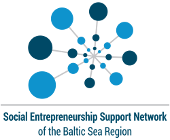
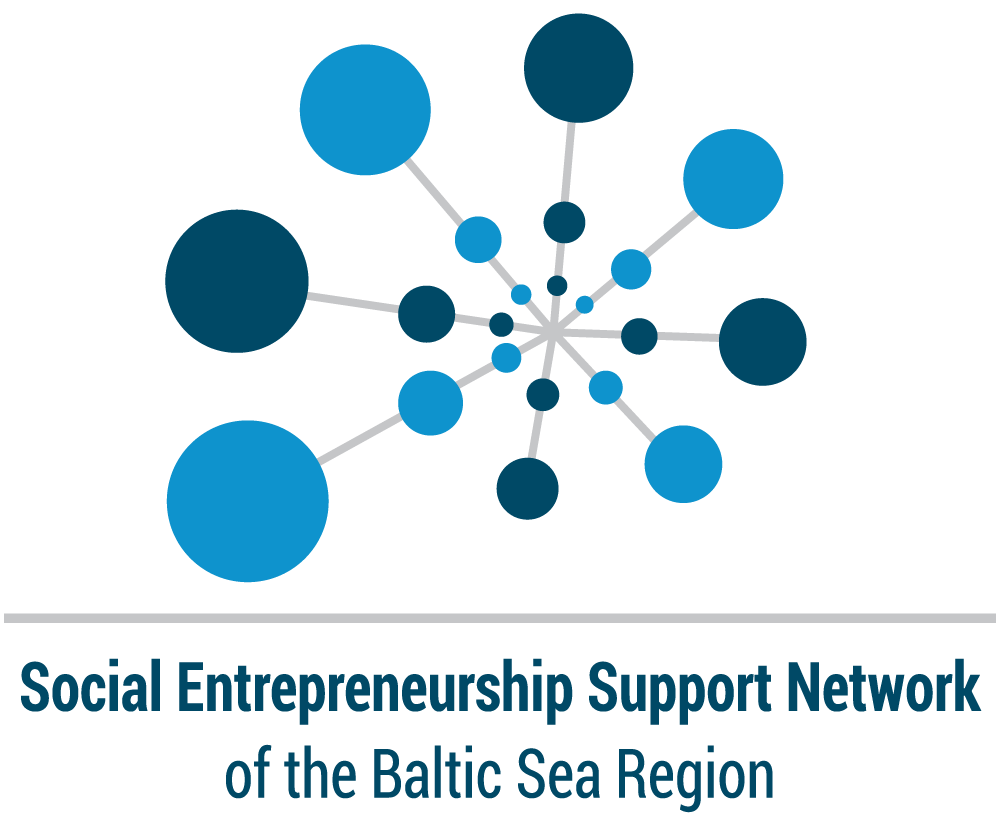

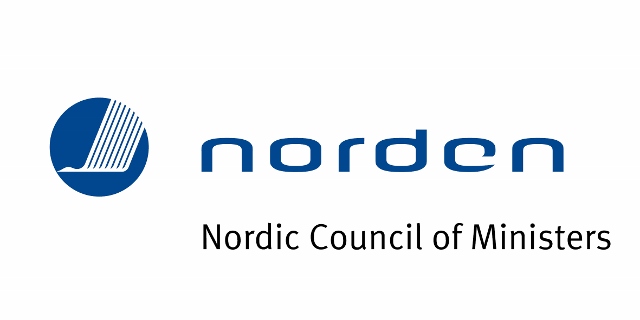


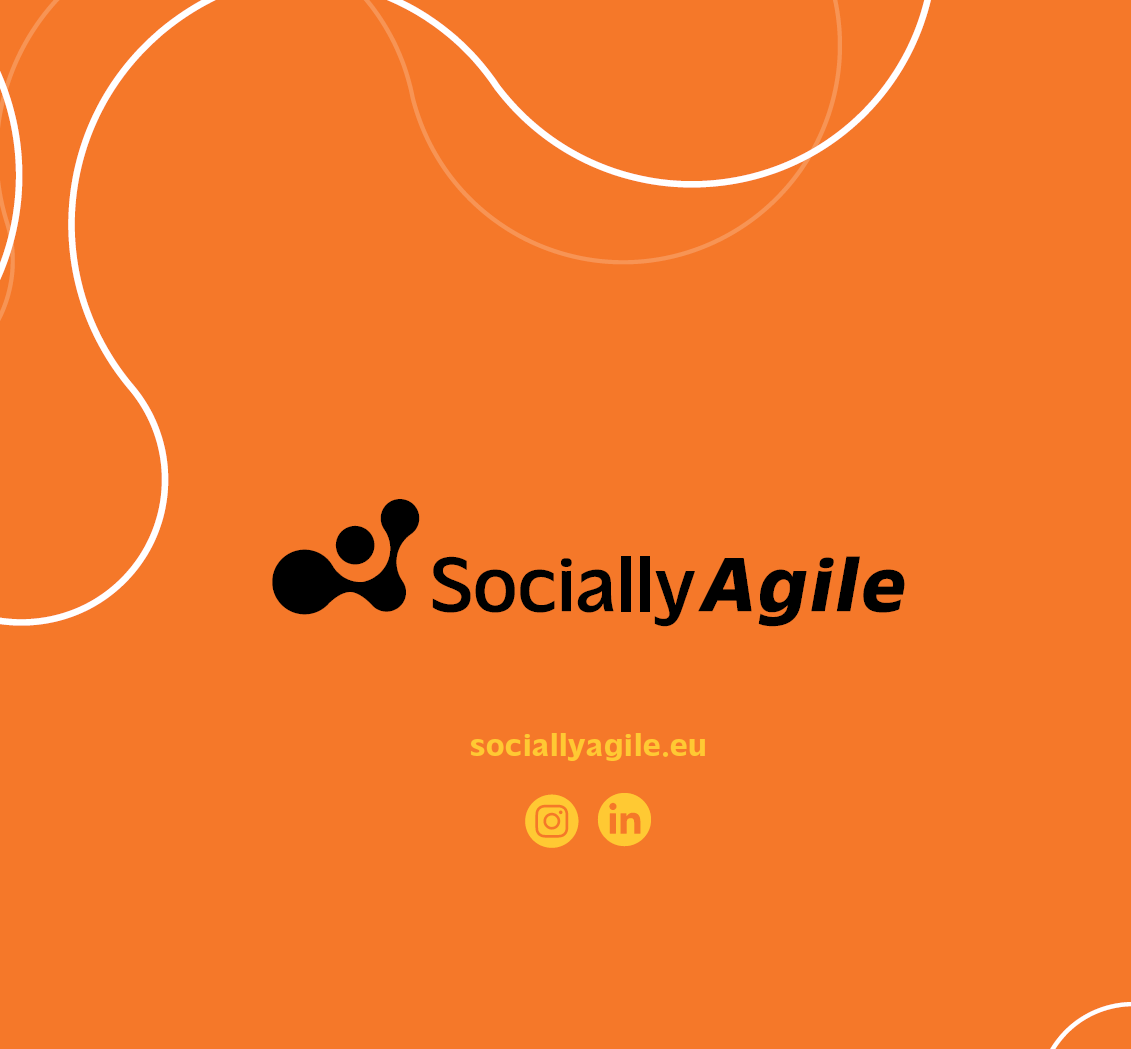
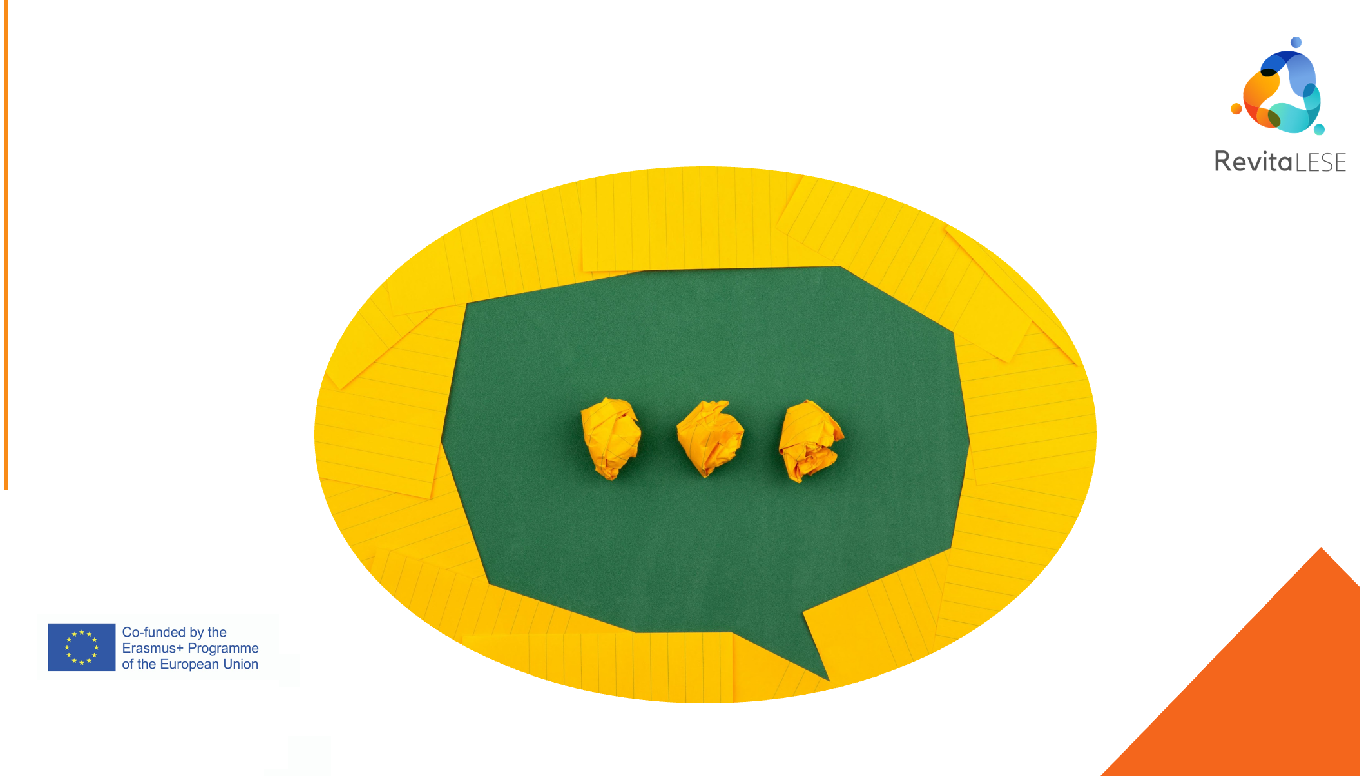


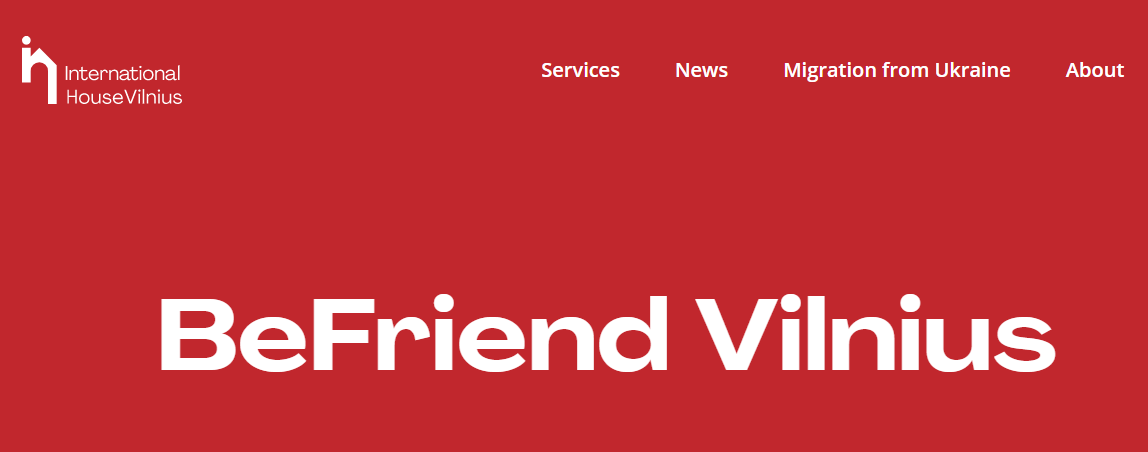
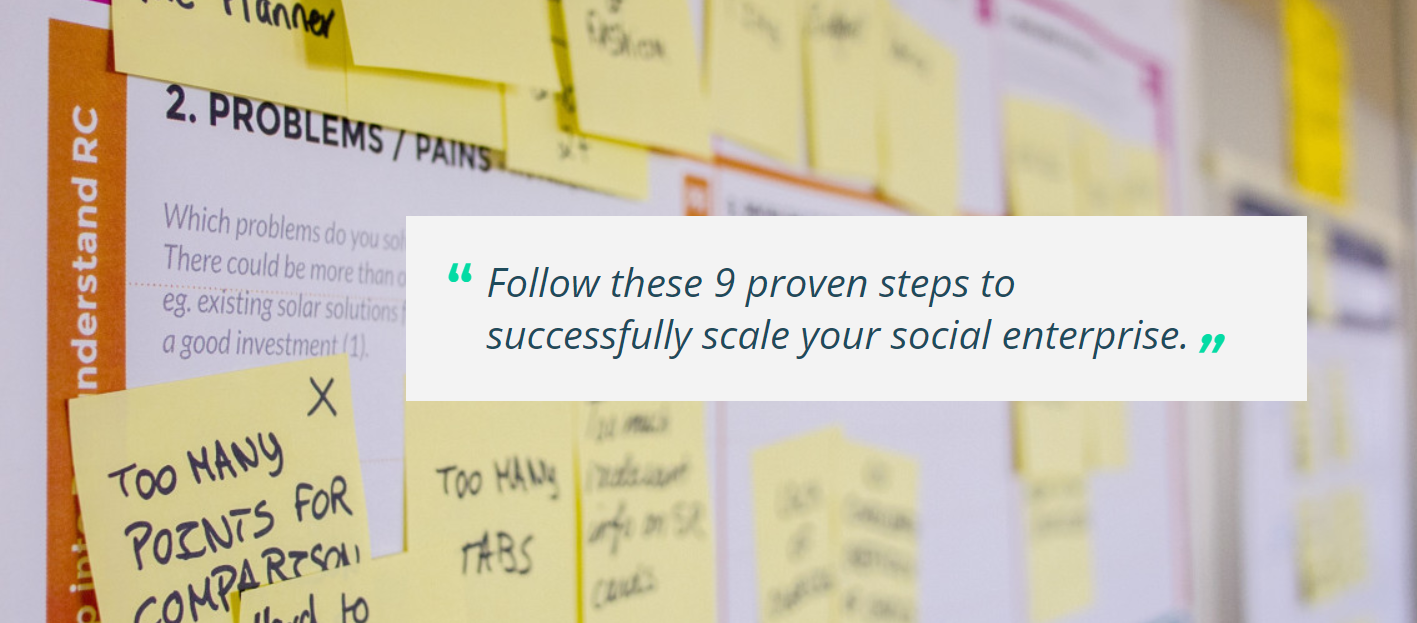

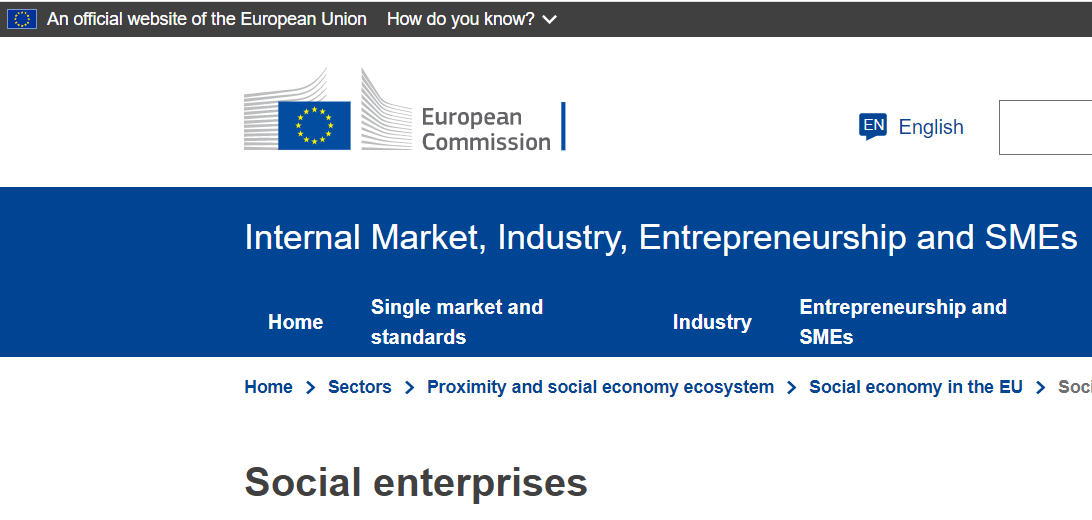
Leave A Comment